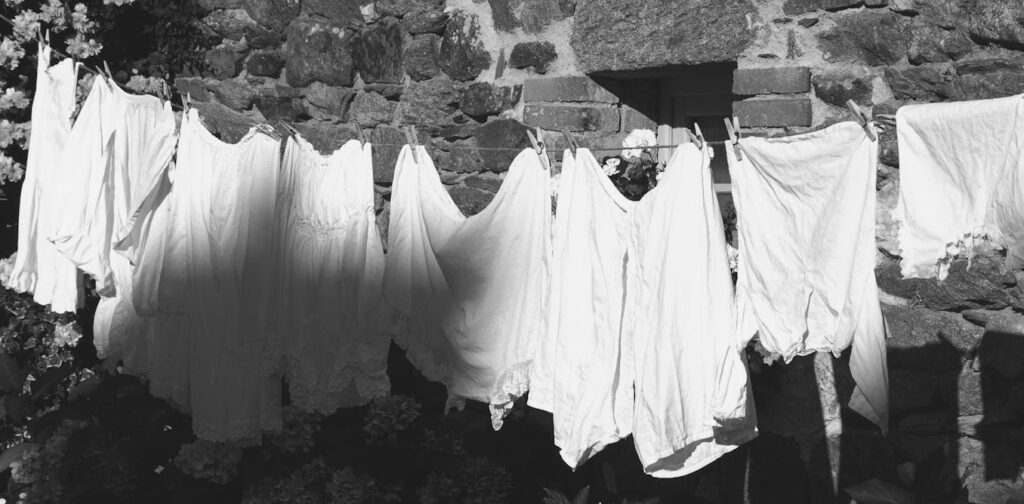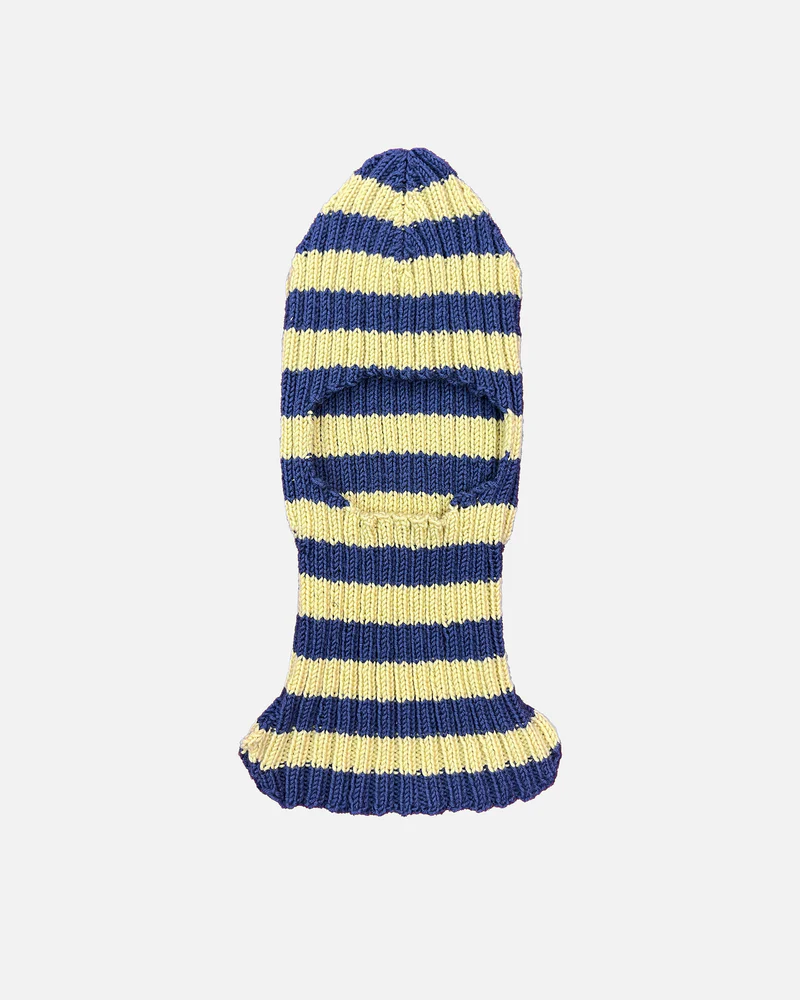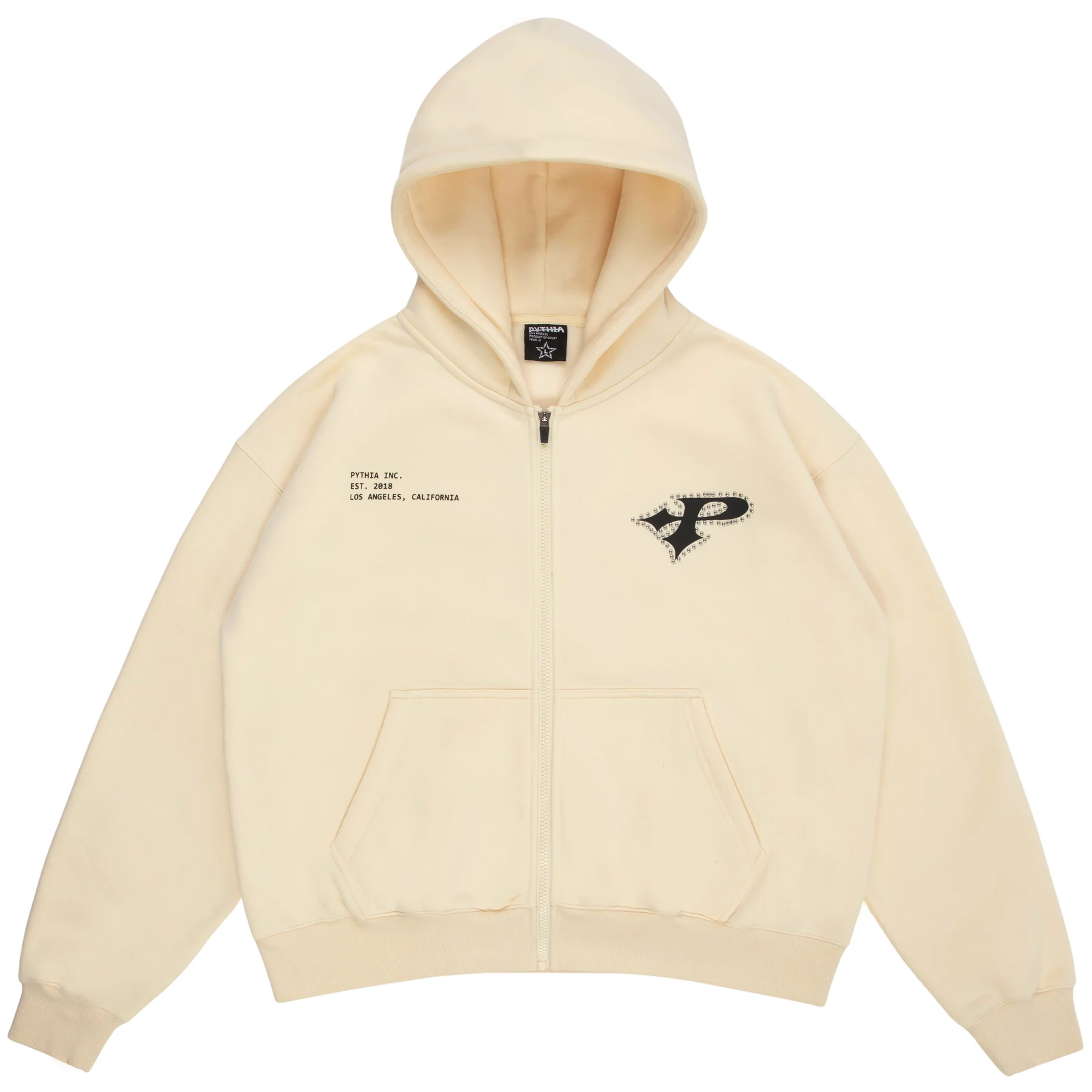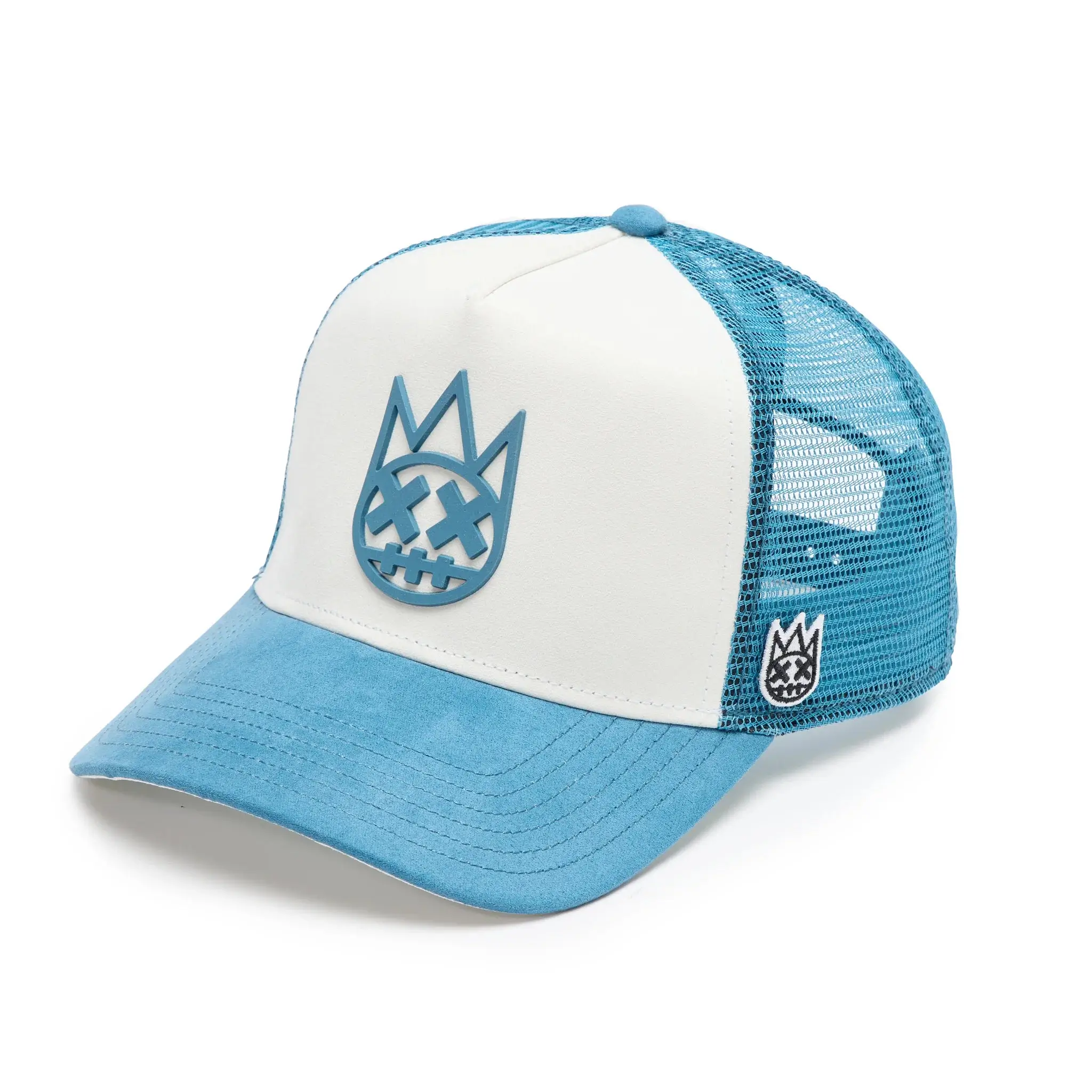In today’s age of fast fashion, there is a growing awareness of the environmental and ethical implications of the clothing industry. As a result, secondhand shopping has become a popular alternative for those looking to reduce waste and practice more sustainable fashion. Yet, despite the sustainability argument, modern secondhand clothes are often stigmatized, viewed as “dirty” or unappealing by certain segments of society. This stands in stark contrast to the cultural reverence for vintage garments, which are celebrated as authentic pieces of history, even if they show signs of wear.
This contradiction—where modern secondhand clothes are often considered undesirable, while vintage garments are prized—speaks to a deeper cultural narrative. The distinctions made between these two types of clothing are not solely about hygiene or cleanliness but are rooted in broader societal assumptions about class, race, history, and identity. This essay will explore these assumptions, drawing on personal experiences from post-Soviet Ukraine, cultural taboos around intimate clothing, and the preservation of vintage garments. Ultimately, we will examine how these perceptions limit the potential of secondhand fashion as a truly sustainable practice.
Secondhand Clothing in Post-Soviet Ukraine: A Cultural Shift
For many growing up in post-Soviet Ukraine, secondhand clothingm was more than just a way to find affordable clothes—it was a window into Western culture. As a teenager in the 1990s, I vividly remember visiting secondhand stores where clothes from Western countries were sold at low prices. For my friends and me, these shops were treasure troves, allowing us to access a world of fashion, culture, and individuality that had been largely absent during Soviet times.
Yet, for the older generations, these clothes carried a certain stigma. It wasn’t just the naphthalene—a chemical used for sanitation that left a potent mothball smell—that deterred them. There was a deeper, more ingrained cultural discomfort. In the Soviet Union, the bourgeoisie, or the so-called “enemy of the working class,” was viewed with disdain. This disdain extended to their material possessions, including clothing. The idea of wearing something that had once belonged to a member of the bourgeoisie felt like a betrayal of Soviet values. Furthermore, the previous owner’s class, skin color, and perceived cleanliness became barriers to accepting secondhand clothing.
In post-Soviet Ukraine, the association with the West was both an attraction and a point of tension. For the younger generation, wearing secondhand Western clothes was a way to embrace modernity and individualism, a stark contrast to the uniformity of Soviet fashion. However, for the elderly, it represented a complex mix of nostalgia, fear, and rejection of foreign influence. This generational divide illustrates how the perception of secondhand clothing is influenced not just by hygiene concerns but by the cultural and political context in which the clothes were worn.
Modern Secondhand Clothes: Dirty or Sustainable?
While the cultural context of post-Soviet Ukraine offers one perspective on secondhand clothing, similar stigmas persist in many parts of the world today. Despite the growing popularity of thrift shopping and platforms like Depop and Poshmark, there remains a lingering perception that secondhand clothes are “dirty” or unsanitary. This perception is often tied to the idea that clothes, once worn by someone else, carry the potential for contamination, whether through germs, sweat, or other bodily fluids.
This aversion to used clothing is particularly strong when it comes to items that are worn close to the body, such as lingerie, swimwear, and underwear. These items are rarely found in charity shops or secondhand stores because of the cultural taboos surrounding their intimate nature. Unlike a coat or a pair of jeans, which can be washed and sanitized, intimate garments are often perceived as irreparably contaminated. They are associated with the body in its most private form, and the idea of wearing someone else’s lingerie is seen as “dangerous” or unhygienic.
However, this perception is not universal. In many cultures, wearing secondhand clothes is seen as practical and resourceful. In the West, the rise of sustainable fashion has helped to shift attitudes toward secondhand shopping, particularly among younger consumers. For millennials and Gen Z, secondhand clothes are not only eco-friendly but also a way to express individuality and creativity. Thrifting has become a cultural movement, with social media platforms like Instagram and TikTok showcasing “thrift hauls” and vintage finds.
Yet, even within the sustainable fashion movement, certain assumptions about secondhand clothes persist. Modern secondhand clothes, especially those that come from fast fashion brands, are often viewed as less desirable than vintage garments. Fast fashion pieces are seen as disposable, lacking in quality and longevity, while vintage clothes are celebrated for their craftsmanship and historical value. This dichotomy reflects broader societal attitudes toward consumption, where older items are romanticized and newer ones are devalued.
Vintage Garments: Cultural Provenance and the Authenticity of Wear
While modern secondhand clothes are often perceived as “dirty,” vintage garments occupy a different space in the cultural imagination. Vintage clothes, particularly those from specific eras like the Victorian period or the 1920s, are seen as artifacts of history. They are imbued with a sense of authenticity, their wear and tear serving as proof of their age and provenance.
One of the reasons vintage garments are viewed more favorably than modern secondhand clothes is the idea of cultural provenance. Vintage clothing, especially pieces from well-known designers or iconic fashion periods, carries with it a sense of history and artistry. The traces of someone else’s body—marks, frays, creases, wrinkles, and folds—are not seen as dirt but as evidence of the garment’s journey through time. These imperfections add to the garment’s value, signaling its authenticity and connection to a particular moment in fashion history.
For example, Victorian-era underwear slips are often prized by collectors and vintage enthusiasts. These delicate garments, made from silk or batiste, are rarely washed due to the risk of damaging the fragile fabric. Despite—or perhaps because of—their close contact with the body, these items are not seen as contaminated. Instead, they are appreciated for their craftsmanship and their role in preserving the history of fashion. The cultural significance of these garments outweighs any concerns about hygiene, allowing them to be celebrated as pieces of wearable art.
In contrast, modern secondhand lingerie or intimate garments are often discarded or seen as unsellable. The same cultural narrative that elevates vintage garments to the status of collectibles deems modern secondhand clothing unworthy of the same reverence. This double standard reveals how cultural perceptions of cleanliness, authenticity, and value are intertwined with broader social and historical contexts.
Class, Race, and the Politics of Secondhand Clothing
Underlying the distinction between modern secondhand clothes and vintage garments are deeper social assumptions about class, race, and hygiene. Historically, clothing has been a marker of social status, with the wealthy wearing fine garments made from expensive materials, while the working class wore more practical, affordable clothing. This class divide is reflected in the stigma surrounding secondhand clothing, particularly when it comes to modern garments.
In many cultures, the idea of wearing secondhand clothes is associated with poverty or a lack of access to new, clean clothing. The assumption is that if someone is wearing used clothes, they are doing so out of necessity rather than choice. This perception is compounded by racial and class-based prejudices, where the previous owner’s identity—whether in terms of race, socioeconomic status, or perceived cleanliness—affects how the clothing is viewed.
In post-Soviet Ukraine, for example, the lingering association with the bourgeoisie as the “enemy of the working class” influenced how secondhand clothes were perceived. The previous owner’s class status became a barrier to accepting these garments, as did assumptions about their race or ethnicity. This reflects a broader cultural tendency to view secondhand clothing through the lens of class and race, where certain bodies and identities are seen as “cleaner” or more desirable than others.
This dynamic is also present in the modern secondhand market, where certain types of clothing—such as designer vintage pieces—are celebrated, while others are devalued. Vintage garments from high-end designers are often seen as more “acceptable” or even glamorous, while everyday secondhand clothes are stigmatized. This distinction reinforces existing class hierarchies, where the provenance of the clothing—whether it was once owned by a wealthy individual or a working-class person—affects how it is valued.
The Future of Sustainable Fashion: Breaking Down Assumptions
As the fashion industry grapples with the need for sustainability, secondhand shopping has emerged as a potential solution to the environmental and ethical problems posed by fast fashion. However, for secondhand fashion to truly become mainstream, we must confront the cultural assumptions that limit its appeal.
The perception of modern secondhand clothes as “dirty” or undesirable is rooted in deep-seated cultural narratives about class, race, and hygiene. These assumptions not only reinforce existing social hierarchies but also hinder the potential of secondhand fashion as a sustainable practice. To move forward, we must challenge these narratives and reframe the way we think about used clothing.
One way to do this is by highlighting the value of modern secondhand clothes, not just as a practical or affordable option but as a form of self-expression and individuality. Just as vintage garments are celebrated for their history and authenticity, modern secondhand clothes can be appreciated for their role in reducing waste and promoting sustainable consumption.
Additionally, we must broaden the conversation around secondhand fashion to include a more diverse range of voices and experiences. By acknowledging the cultural and historical factors that shape our perceptions of secondhand clothing, we can create a more inclusive and equitable fashion industry that values sustainability over status.
Rethinking Secondhand Fashion
The distinction between modern secondhand clothes and vintage garments reflects broader societal assumptions about class, race, and hygiene. While vintage clothes are celebrated for their authenticity and historical value, modern secondhand garments are often stigmatized as “dirty” or undesirable. These perceptions limit the potential of secondhand fashion as a truly sustainable practice.
As we look to the future of fashion, it is essential to challenge these assumptions and reframe the way we think about used clothing. By embracing secondhand fashion in all its forms—whether modern or vintage—we can create a more sustainable and inclusive fashion industry that values creativity, individuality, and environmental responsibility over outdated notions of class and status.
No comments yet.








